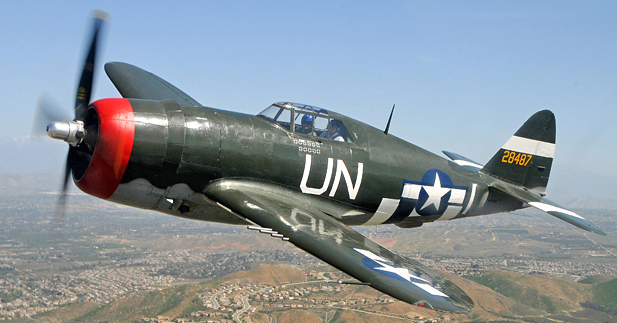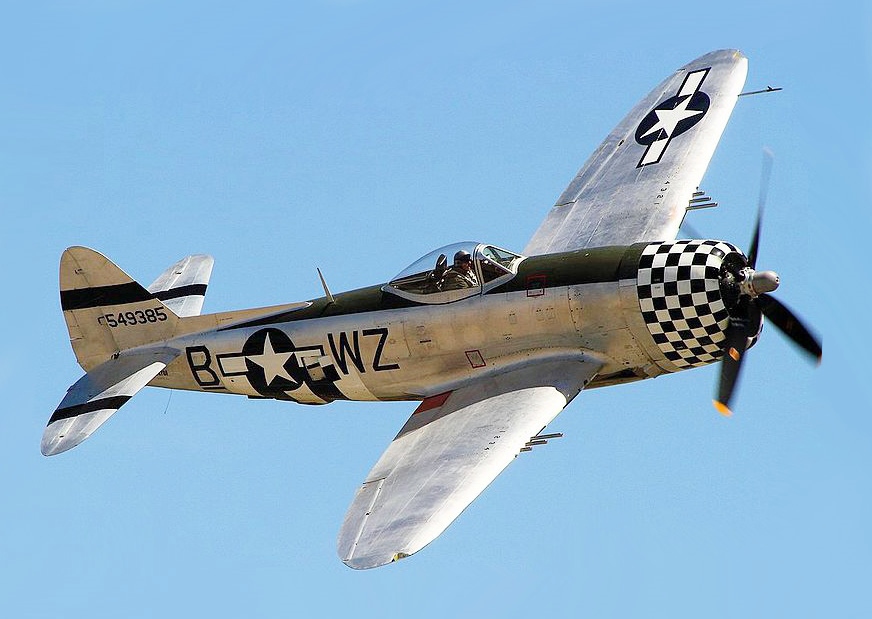In the history of warfare, few aircraft have left as lasting an impression as the P-47 Thunderbolt. Dubbed the “indomitable war machine,” the P-47 became a symbol of American airpower during World War II, astonishing both enemies and allies with its strength, endurance, and overwhelming firepower.
Debuting in 1941, the P-47 Thunderbolt was not only one of the largest and heaviest fighter aircraft but also one of the most formidable on the battlefield. Equipped with the powerful Pratt & Whitney R-2800 engine, it could reach speeds of up to 700 km/h while carrying a significant amount of weaponry, including eight machine guns and various bombs and rockets, making it a nightmare for enemy forces.
What truly set the P-47 apart, however, was its durability. In fierce dogfights, the Thunderbolt proved its incredible toughness. Pilots frequently shared unbelievable stories of their planes surviving heavy fire from anti-aircraft guns and enemy fighters, yet still managing to return safely to base. Its thick armor and resilient engine earned the P-47 the reputation of being a true “survivor” in the skies.

The P-47 was not just a formidable dogfighter; it also gained fame for its ground support missions. As the U.S. military advanced across Europe and the Pacific, the P-47 played a crucial role in attacking ground targets such as tanks, convoys, and enemy structures in both German and Japanese territories. Its precise strikes contributed significantly to Allied victories in many key battles.

The P-47 Thunderbolt was more than just a war machine; it was a symbol of the courage and strength of the pilots who flew it. Though time has passed, the legend of the P-47 remains etched in military history as one of the fighter planes that helped change the course of World War II.





